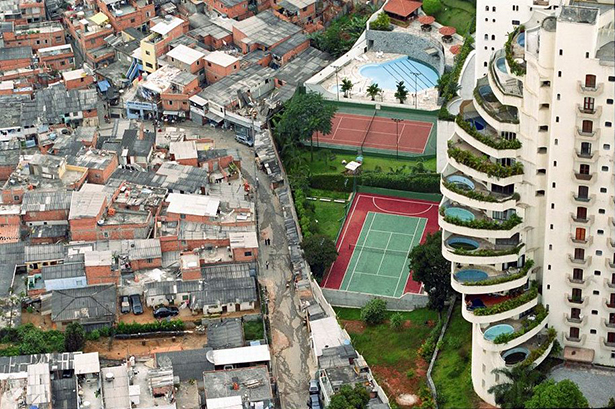Microsoft bought Nokia for $7.2 billion and Skype for $8.5 billion. Google spent on $3.2 billion on Nest and $12.5 billion on Motorola. Facebook splashed $1 billion on Instagram, $2 billion on Oculus and $19 billion on Whatsapp.
Brands like Starbucks, Red Bull and Oreo have well beyond 35 million followers on Facebook each, a platform we tend to call social media. Each year, brands spend $450 billion on advertising, while Mark Woerde rightfully mentions that only $6 billion would bring malaria under control.
Cities built 40-story buildings whether their citizens like the view or not, and the world’s richest 85 people have more wealth than the poorest 3.5 billion.

Bayern Munich’s president Uli Hoeneß evaded $40 million in taxes. Gareth Bale was sold to Real Madrid for $100 million, while the top Formula 1 drivers earn near $30 million each year.
Meanwhile, fans of F1 are flown in by cattle-class to get a glimpse of the cars from the distance called General Admission. As one reader on Autosport.com mentions:
“You’ve got to be in the aristocracy class to buy an actual seat.”

Sport’s key players have become commodities fit for television, detached from the fans. If there ever was a glue, it’s now gone.
The theme here is the lack – or complete absence – of human measure, in the age of social media.
We need to ask ourselves whether we like this financial vandalism.
I know I don’t. We’re all poorer because of it, even if it makes men like Ivan Gazidis richer.